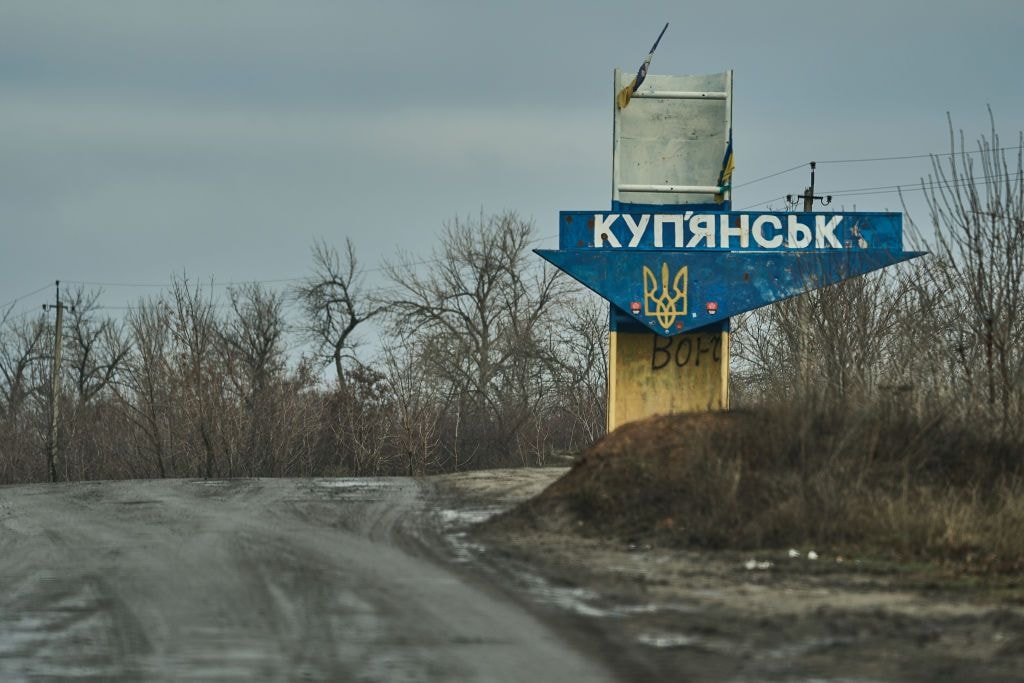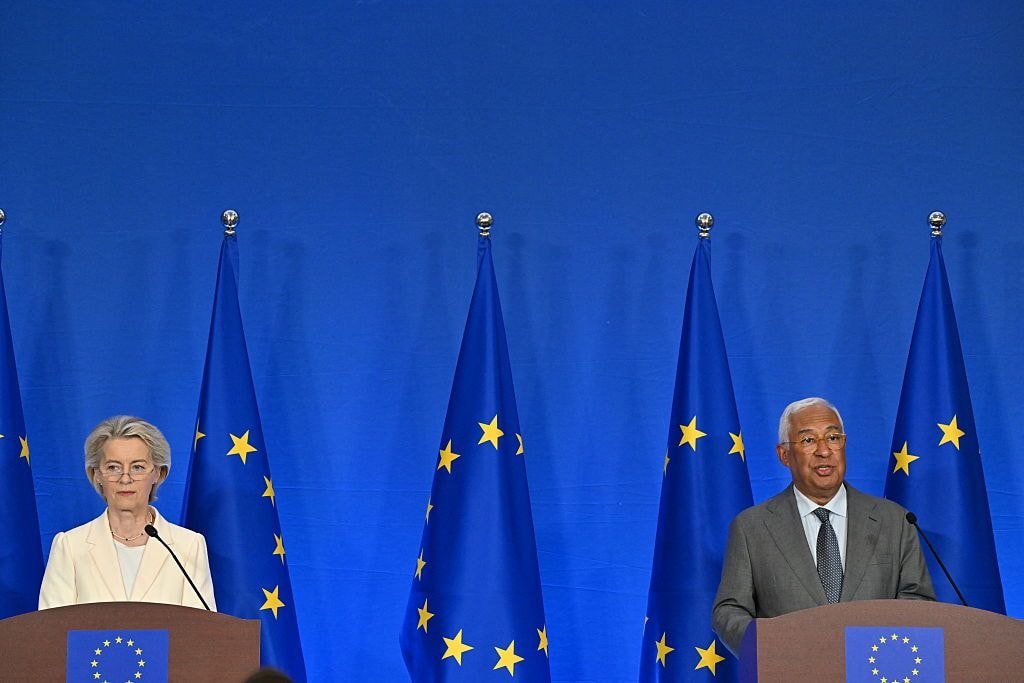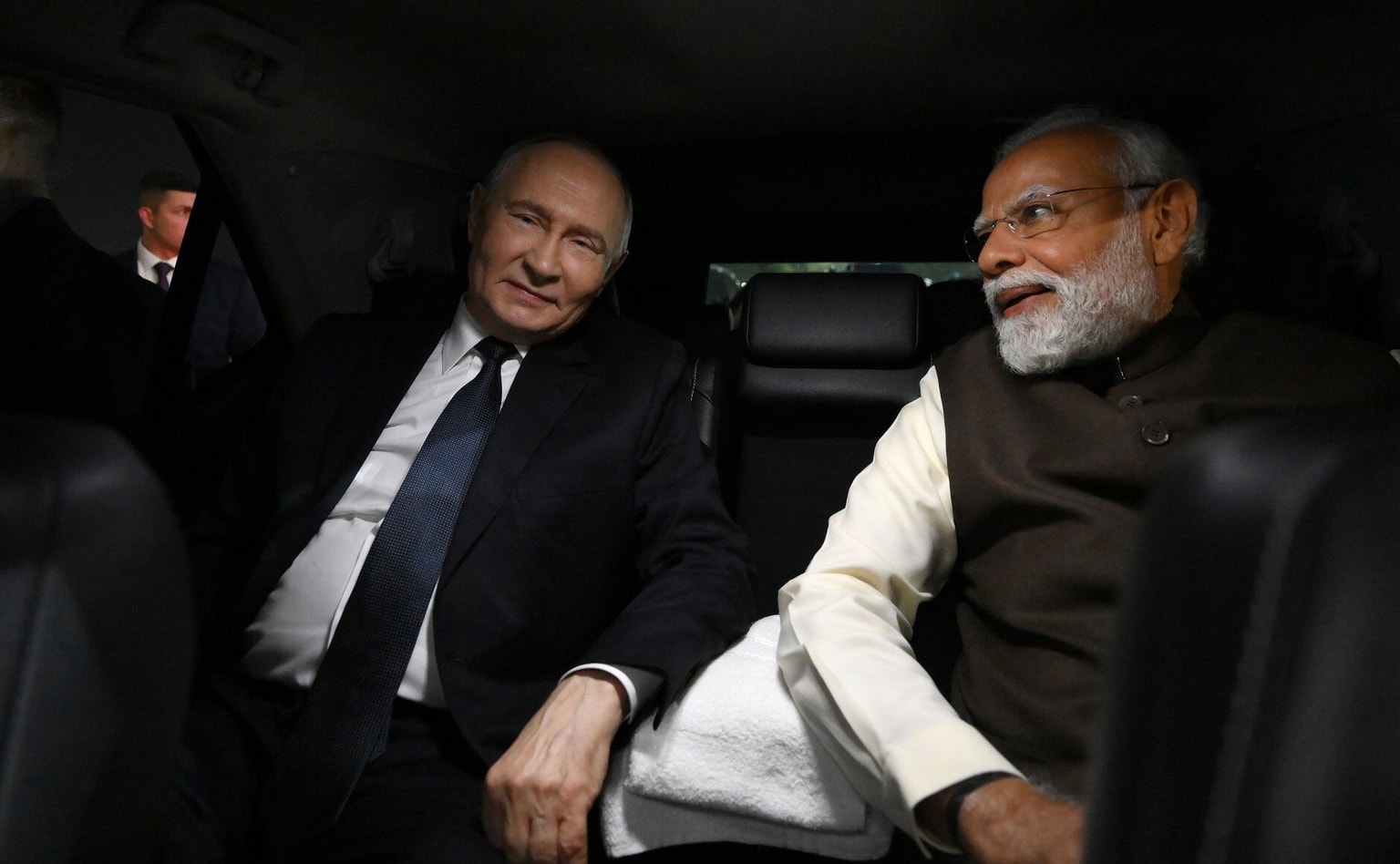Media: EU to likely ban trade of Russian diamonds

The European Union will likely ban the trade of Russian diamonds as part of its upcoming 12th sanctions package, France24 said on Nov. 28, citing internal documents seen by AFP.
The ban, which AFP said will be voted on by EU member states within the upcoming days, will target the full spectrum of the Russian diamond trade. If approved, it will take effect on Jan. 1.
According to the internal documents, the ban will affect the trade of diamonds originating in Russia, but also diamonds that were transited or exported through Russia. A second phase of the ban that would come into force some months after the initial measures would also target the trade of Russian diamonds processed or exported via third-party countries.
There is concern among some EU countries, particularly Belgium, where 86% of the world's rough diamonds are processed, that an EU ban would not go far enough. Russian diamonds might still be able to make it to other lucrative markets in Asia and beyond.
Belgian diamond traders have been implementing measures using blockchain technology to tag the origins of diamonds, as well as to track their exports, even as they may be cut or processed into different forms.
The use of this technology would ideally make it difficult to disguise the origins of Russian diamonds and thus create barriers against sanctions evasion.
Even if Russian diamonds still can show up in foreign markets out of the reach of EU sanctions, the proposed ban would likely still significantly impact the industry.
The Brussels-based media outlet EUobserver reported on Oct. 20 that the G7 countries of Canada, France, Germany, Italy, Japan, the U.K., and the U.S. "account for 70 percent of world diamond end-user demand."
Prior to the full-scale invasion, Russian diamonds accounted for around 1/3rd of the global trade, the AFP said.
The diamond trade brings in about 4 billion euros ($4.2 billion) to the Russian economy a year, according to EUobserver.












